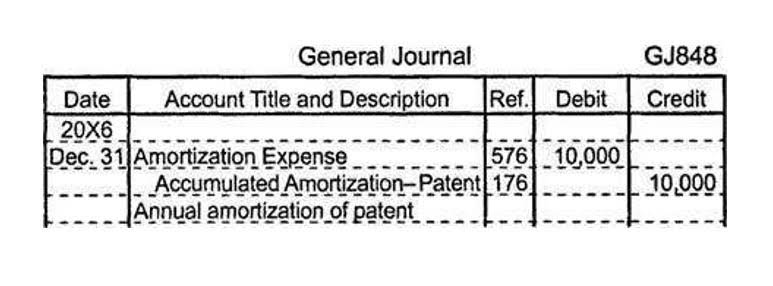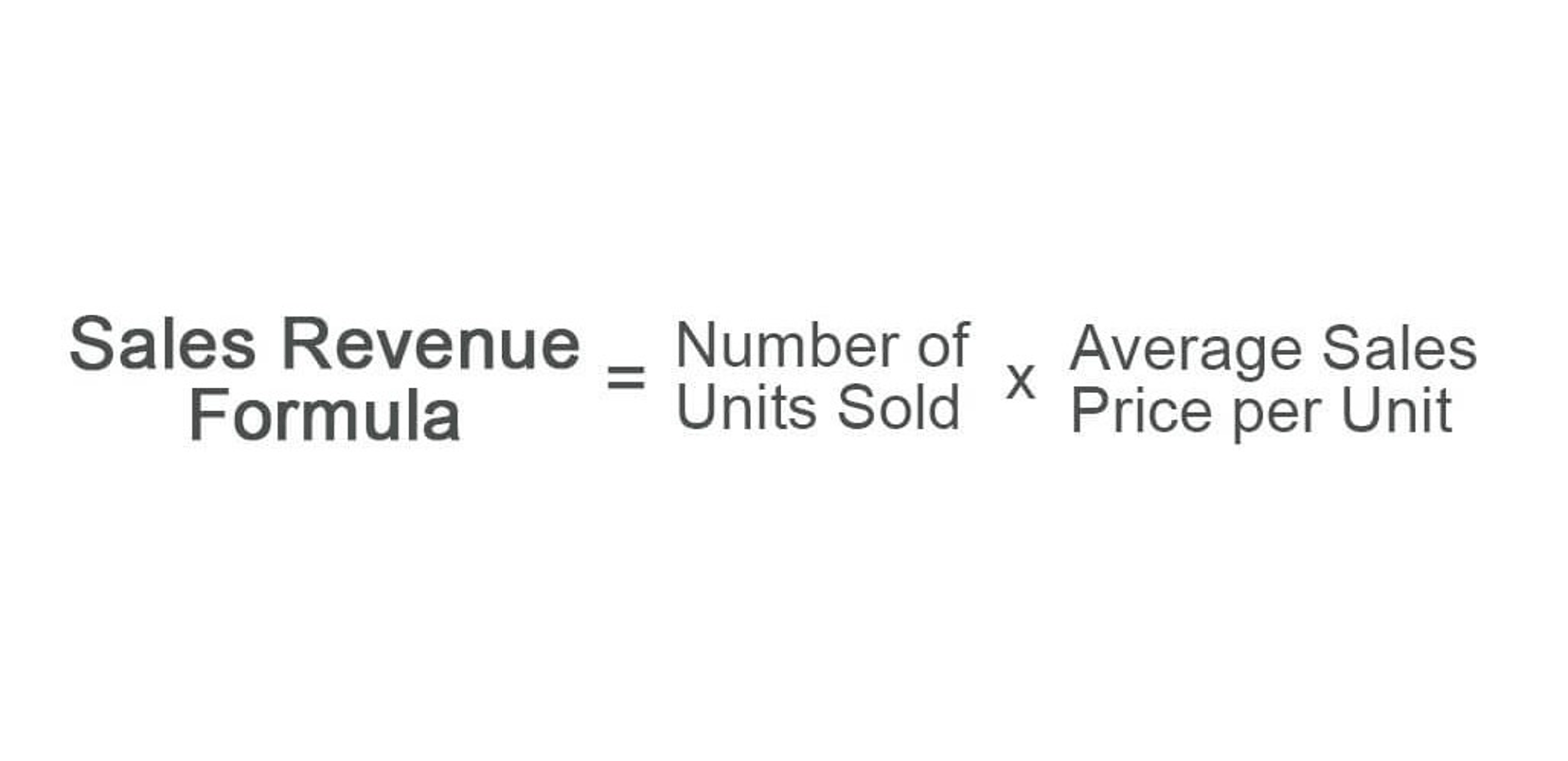Work In Process Inventory Formula WIP Inventory Definition

Any part, product, or item that’s used to make merchandise inventory is listed on a company’s balance sheet. WIP inventory is considered an inventory asset, and as it moves through the stages of production, it becomes part of the cost of sales. In prolonged production operations, there may be a considerable amount of investment in work in process. In this latter case, inventory essentially shifts directly from the raw materials inventory to the finished goods inventory, with no separate work in process accounting at all.
- The total WIP inventory value is the ending work in process inventory for an accounting period—and the beginning work in process inventory for the next accounting period.
- To ensure accuracy, you should conduct frequent physical counts and take advantage of technology (like barcode scanners and RFID tags).
- Such goods are called work-in-progress, unfinished goods, or work-in-process.
- Too many options can be hard to track for the GC, hard to decide between for the owner, and cause the design team to feel that the goal is just to make things cheaply.
- You just have to log in from another device and have all your financial records and data safe.
The term ‘work-in-process inventory’ is used in production and the supply chain with regards to unfinished or partially finished goods waiting to be completed. Finished goods, once completed, are sold to customers in exchange for a price. WIP also includes labor, raw materials, components, overhead costs, etc., incurred on producing finished goods. Work-in-process is a part of the inventory asset account on the balance sheet. A work-in-progress on a company’s balance sheet represents the labor, raw materials, and overhead costs of unfinished goods. Unfinished is defined as goods still being manufactured and not ready to be sold to consumers.
What is Work in Process (WIP) Inventory?
Finished goods refer to the final stage of inventory, in which the product has reached a level of completion where the subsequent stage is the sale to a customer. Work in process (WIP) inventory is a term used to refer to partly finished materials within any production round. Work in process in production and supply chain management refers to the total cost of unfinished goods currently in production. The cost of purchasing a product factors into what it costs to make it (e.g., raw materials, labor, and production). Thus, your ending WIP inventory is essential to know for inventory accounting.
- Value engineering is a systematic method used to increase project value within the existing parameters and specifications.
- No matter where you are in the negotiation process, taking the time to listen to what the other side is saying can help strengthen your position.
- These goods are situated between raw materials and finished goods in the production process flow.
- Some companies find it beneficial to hold on to goods at certain stages of production as insurance against shortages of supply or spikes in demand.
- Additionally, cloud-based solutions enable multiple stakeholders across different locations to access data simultaneously.
Production costs include raw materials, labor used in making goods, and allocated overhead. Work in process is an asset account used to report inventory items not yet completed. A company has started taking raw materials and converting them to a finished product to sell. However, that final product is not yet done and is not yet ready for sale. Work in process is usually used to report manufactured, standardized goods.
Would you prefer to work with a financial professional remotely or in-person?
Therefore, calculating your WIP inventory gives you a more accurate business valuation. On the other hand, work in progress may refer to large-scale productions that take longer to complete. For example, a construction project with 3 floors out of 25 completed is a work in progress. Your beginning work in process (WIP) inventory is your previous accounting period’s ending WIP inventory. You can carry it over from the previous month and use it as the current month’s starting WIP inventory. That’s because a business’s sustained WIP inventory plays a big part in the valuation of their business.

For example, sheet plywood may be a finished good for a lumber mill because it’s ready for sale, but that same plywood is considered raw material for an industrial cabinet manufacturer. The beginning WIP inventory cost refers to the previous accounting period’s asset section of the balance sheet. To calculate the beginning WIP inventory, determine the ending WIPs inventory from the previous period and carry it over as the beginning figure for the new financial period. In the Lithia Motors employee handbook example, the company outlines its comprehensive set of guidelines and policies to foster a positive and productive work environment. The Lithia Motors employee handbook example serves as a valuable resource for employees, offering insights into the company’s values, code of conduct, and expectations.
E-commerce Just-in-time inventory
Rather, it is a method employed to increase value, usually by finding alternatives that either improve quality at the same price or maintain quality while reducing costs. It’s always important to calculate the cost of the products that are in work in progress. Most merchants calculate their WIP inventory at the end of a reporting period (end of quarter, end of year, etc.), and are looking for their “ending WIP inventory”. To calculate ending WIP inventory, you need beginning WIP inventory, which is the previous reporting period’s ending WIP inventory.

Building effective negotiation skills can help you avoid conflict and get what you want more often, while also protecting your relationships. Being able to knowledgeably present options with a command of the market, lead times, and potential implications for the budget and schedule can save a lot of back and forth. For general contractors, one of the biggest challenges with value engineering is maintaining a positive relationship with the design team. work in process example If a GC pitches a change to an owner, it’s possible for the design team to feel challenged or, even worse, called out for not having considered it in the first place. Call the design team with an idea before going to the owner to ask if the idea could work, aligns with their vision, or is missing anything. An architect or engineer will often feel better and more invested in approving a decision if they are consulted with and brought into the process.
The right software will provide you with real-time updates on project progress, so you can accurately keep track of jobs and budgets. Importantly, accounting software allows you to identify problems before they affect the progress of a job and eat away at your profit margins. In order to calculate whether a project is over or underbilled, you’ll need to know the projected cost at completion or revised estimate. Once you calculate your projected cost you can calculate the percentage of work completed to date and the earned revenue to date. It doesn’t take into account waste, scrap, spoilage, downtime, and MRO inventory.




